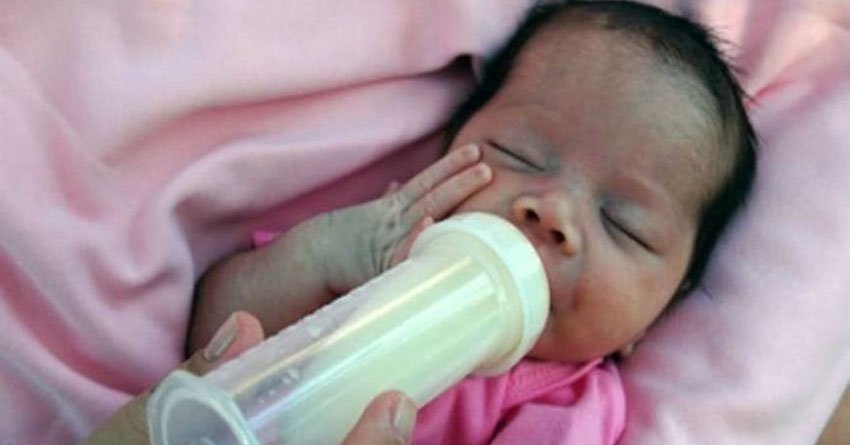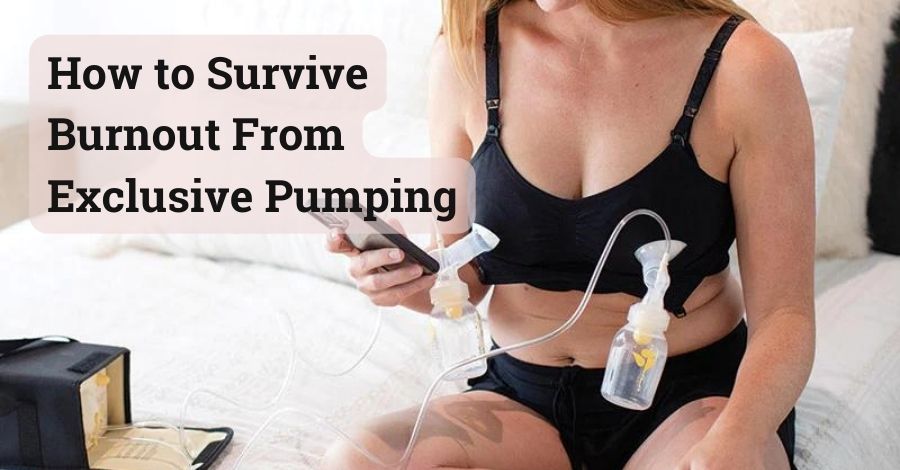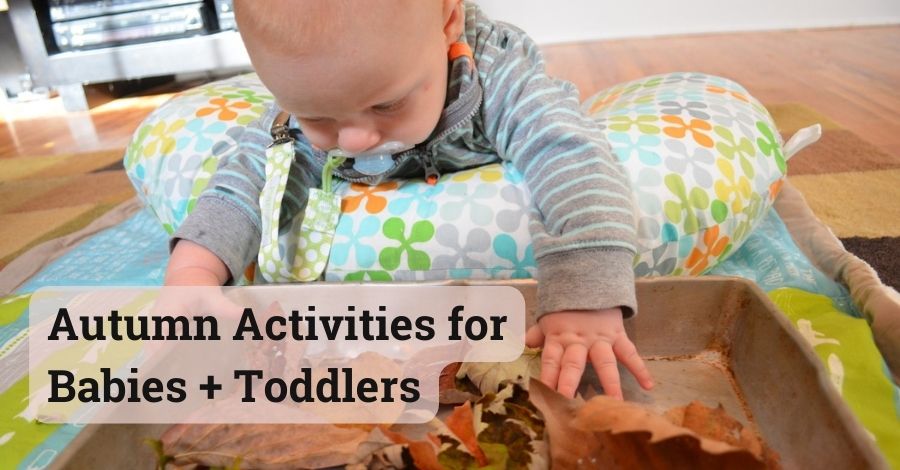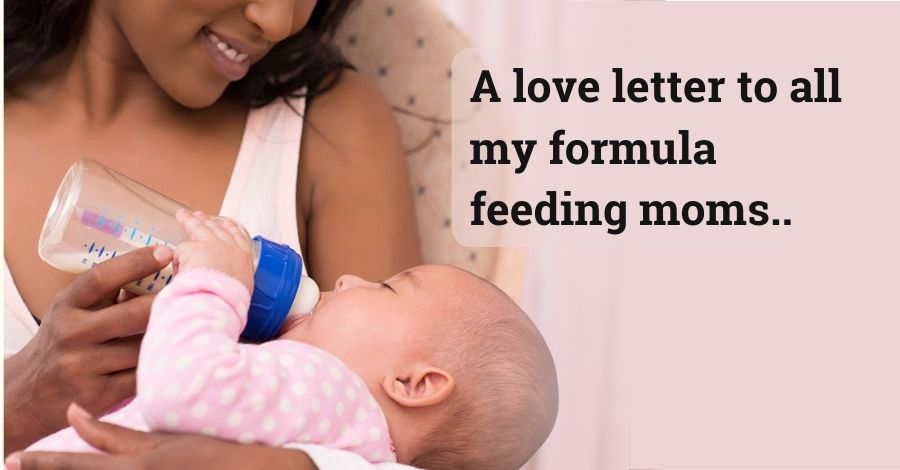
Key Takeaways
- This article talks about how to travel with breast milk, making it easy to understand and easy for moms to ensure their babies get the best nutrition on the go.
- You can take breast milk on a plane with you, even if your baby isn’t there, but you need to follow some rules.
- TSA allows breast milk in reasonable amounts above the 3.4-ounce limit for liquids, but it might need extra checks.
- It’s important to plan ahead and bring the right containers and cooling packs.
- For flights, bring an insulated cooler with ice packs to keep milk fresh for up to 24 hours.
- If you’re going on a longer trip, there are suggestions for keeping breast milk frozen.
You know how important breast milk is for your baby, right? It’s like liquid gold, packed with all the good stuff they need to grow healthy and strong. But what about when you gotta go somewhere? No worries! I’ve been there, done that. With a little planning and know-how, you can keep your precious milk safe and fresh while you’re on the move. I’ve got you covered with all the tips and tricks for how to travel with breast milk, whether you’re going across town or across the world. Let’s make sure your baby gets the best, no matter where you are!
Understanding What Laws and Regulations Say
The Rules of TSA Traveling With Breast Milk
According to TSA’s 3-1-1 liquids rule you can bring breast milk and formula on a plane in “reasonable amounts” above the 3.4-ounce limit for liquids and gels. This applies whether you have your baby with you or not. Just tell the TSA officers before you go through security that you have breast milk and ice packs.
Sometimes, TSA might ask you to transfer a little bit of your breast milk for checking. It’s okay if they X-ray it, but you can ask them not to open your milk if you want. However, you might need more checks if you do that.
You can also bring ice packs and frozen gel packs through security, even if they’re starting to melt a bit. But be careful with slushy ice packs; they might need extra checking. Using solid ice packs can make things quicker.
So, if you’re bringing breast milk, plan for some extra time at security.
Even though TSA tries to treat people with breast milk fairly, some moms still have tough times at security. It’s a good idea to carry a printout of the TSA rules with you, just in case. If you run into problems, ask to speak to a supervisor.
If you don’t need the breast milk during your flight, you can check it in a small cooler with frozen ice packs. The plane’s storage stays pretty cool, so your milk will be fine for a domestic flight.
International Travel: While most countries are accommodating, regulations can vary. Research the specific guidelines for your destination well in advance. Some countries may have limitations on quantity or require a doctor’s note.
Tip: Print out the TSA regulations or a copy of your doctor’s note (if needed) and keep it with your breast milk for an easier security check.
Planning Your Trip: Preparation is Key
Invest in leak-proof containers designed specifically for breast milk storage. Consider the size of servings your baby typically consumes and choose containers accordingly. Labeled containers are helpful to track pumping dates.
Pack a high-quality insulated cooler bag with ice packs or frozen gel packs. Pre-freeze the ice packs to ensure maximum cooling power during your journey.
If you plan to pump while traveling, bring your pump, extra parts, and nursing pads. Research pumping facilities at airports or your destination if needed.
Double-Check Everything. Pack twice, check once! Ensure you have everything you need – containers, cooler bag, ice packs, and enough breast milk for your trip duration.
Traveling with Fresh Breast Milk: Domestic and International Flight
Ever thought about bringing breast milk on a trip? It can be a lifesaver, especially when your baby gets hungry in the middle of the airport at almost 2 in the morning!
Good news if you’re flying in the U.S.! You can bring your freshly expressed breast milk in your cooler bag with enough frozen ice packs to maintain a cool temperature (ideally between 40°F and 60°F) for the travel duration, even if your baby isn’t with you! Fresh breast milk can be safely stored this way for up to 24 hours.
When you fly with your baby, the CDC suggests feeding them during takeoff and landing to help with their ears. If you need to feed or pump before or during your flight, look for a comfy spot in the airport set up just for moms like you. And if you think you’ll need to pump on the plane, bring your pump along.
Getting a cozy seat on the plane can be tricky, especially if you’re not flying solo. But sometimes, you can find a row with extra space. Just ask the flight attendant when you board, and they’ll help you out.
If you need to warm up a bottle during the flight, most flight crews can give you hot water. Our special container can also help warm up milk! But always check the temperature before giving it to your baby. And remember, thawed frozen breast milk is only good for about one to two hours, so use it up in time!
For international travel, check the regulations of your destination country. Some may allow larger quantities, while others might require a doctor’s note for exceeding a specific amount.
Tip: Label your cooler bag with “Breast Milk” for clear communication with security personnel.
Dealing with the Unexpected Delays: Travel Hiccups
Flight delays or cancellations can disrupt your plans. If your travel time extends, refill your ice packs or find access to ice to maintain the cool temperature in your cooler bag. In extreme situations, you might consider asking the airport for assistance with refrigeration if available.
Traveling While Breastfeeding Without Your Baby
If you’re traveling for work or another reason without your baby, you’ll need to pump more frequently to maintain your milk supply. Pack enough pumping supplies and consider using a double electric pump to maximize efficiency. Store your expressed milk as per the guidelines above.
How to Travel with Breast Milk by Car
Packing Essentials: Pack your breast milk in a cooler bag with plenty of ice packs. Keep the cooler bag in a cool location in your car, avoiding direct sunlight. If your trip is longer than 24 hours, you might need to find access to refrigeration (e.g., hotel minibar) during pit stops.
Tip: Invest in a cooler bag that plugs into your car’s cigarette lighter for extended trips requiring constant cooling.
Day Trip Essentials
Packing Light for Short Adventures
For short trips, a smaller cooler bag or insulated bag with a single ice pack may suffice.
Pre-chill your breast milk storage containers before filling them to maintain a cool temperature for longer.
If you plan to feed your baby while on your day trip, pack pre-portioned breast milk in bottles or storage bags for convenience.
Traveling with Frozen Breast Milk
Maintaining Quality
Frozen breast milk can be a lifesaver for longer trips. Pack your frozen breast milk in a cooler bag with enough frozen ice packs to maintain a temperature below 0°F. Frozen breast milk can safely stay this way for up to several months (depending on freezer temperature consistency).
Tip: Label your frozen breast milk with the date of expression for easy tracking.
Traveling with Breast Milk in Your Diaper Bag
Safe Transport for Short Trips
Your trusty diaper bag is your travel companion when it comes to caring for your little one. But can you safely store breast milk in it? While a diaper bag isn’t ideal for long-term storage, it can be a handy option for short trips or outings. Here’s how to safely transport breast milk in your diaper bag:
Breast milk can be safely stored in a well-insulated diaper bag for up to 4-6 hours at room temperature (around 72°F). This is ideal for short errands or outings.
Just like with day trips, pre-chill your breast milk containers before filling them. Pack them in a separate, insulated compartment within the diaper bag if available.
If using a bottle, consider placing it in an insulated bottle sleeve for to double up on insulation for additional protection.
Pack a small, leak-proof ice pack to keep things extra cool, especially during hot weather.
Tip: Avoid using the diaper bag for other hot items like baby food containers, as this can raise the overall temperature. If your diaper bag has a bottle holder, utilize it for your breast milk containers to keep them upright and prevent spills.
Storing Breast Milk While Traveling: Finding Solutions
Hotel Room Mini-fridge: Most hotels offer mini-fridges in their rooms. This is a convenient option for storing breast milk during your stay. Label your breast milk clearly and store it in the back of the fridge where the temperature is most consistent.
Public Restroom Facilities: Some airports and public buildings offer lactation rooms equipped with refrigerators for storing breast milk. Utilize these facilities if available.
Portable Breast Milk Coolers: Consider investing in a portable breast milk cooler that plugs into a car’s cigarette lighter or a USB port. This can be a lifesaver for extended travel periods or situations where refrigeration access is limited.
Planning for On-the-Go Pumping: If you plan to pump while traveling and don’t have access to a refrigerator, you can store your expressed milk in a cooler bag with ice packs for up to 24 hours.
Tip: Clearly label your breast milk containers with your name and date of expression for easy identification, especially if using shared refrigerators.
Choosing the Right Containers
Ensuring Safety
Invest in high-quality, leak-proof containers specifically designed for breast milk storage. Here are some options to consider:
Breast Milk Storage Bags. These are disposable, leak-proof bags specifically designed for storing breast milk. They come pre-sterilized and are labeled for dating and tracking.
Breast Milk Bottles. Use bottles made from BPA-free plastic or glass for storing and feeding expressed milk. Ensure they have leak-proof lids and consider labeling them for easy identification.
Coolers and Cooler Bags. Invest in a high-quality cooler bag with good insulation. Look for one with a leak-proof lining for added security.
Tip: Consider the size of your containers based on your baby’s feeding needs. Labeling containers with the date of expression helps track freshness.
Feeding Your Baby on the Trip: Safe and Convenient Practices
Warming Breast Milk:
- If your baby prefers warmed milk, use a bottle warmer specifically designed for breast milk. These warm the milk gently and evenly to avoid hot spots.
- The “No-Microwave” Rule: Never microwave breast milk, as it can destroy valuable nutrients and create hot spots that can burn your baby’s mouth.
- The “Running Water” Method: For a quick and safe way to warm breast milk, place the sealed container in a warm water bath (not hot) and swirl it gently until the desired temperature is reached.
Warming frozen Breast Milk:
- If using frozen breast milk, thaw it gradually in the refrigerator or under running lukewarm water. Never microwave breast milk, as it can destroy valuable nutrients and create hot spots.
- Before feeding, test a drop of warmed breast milk on your wrist to ensure it’s comfortably warm, not hot.
- If you’re not using pre-sterilized bottles, sterilize them before each use, especially when traveling. Consider using a travel sterilizer for convenience.
Tip: Pack a bottle brush and a drying rack for cleaning and drying bottles while traveling.
Is Shipping Breast Milk an Option?
Shipping breast milk is not ideal and generally not recommended due to potential temperature fluctuations during transport. However, if absolutely necessary, consider using a reliable overnight express service with frozen gel packs to maintain a safe temperature.
Here are the careful planning and specific considerations:
- The viability of shipping depends on the travel time. Express shipping with overnight delivery might be an option for short distances.
- Packing with dry ice can maintain very cold temperatures, but regulations and availability can vary with shipping companies.
- Shipping with dry ice can be expensive, so weigh the cost-benefit against alternative options.
Important Note: Check with your chosen shipping company for specific guidelines and regulations regarding shipping breast milk.
Wrapping Up
With a little planning and the information in this guide, you can feel confident traveling with your precious breast milk on road or in the sky. Remember, the key is to maintain a cool temperature (ideally between 40°F and 0°F) using insulated bags, ice packs, or a refrigerator whenever possible. By following these tips, you can ensure your baby continues to receive the benefits of breast milk throughout your travels.
Sources:
- TSA Guieline: Traveling with Children – https://www.tsa.gov/travel/tsa-cares/traveling-children
- Traveling with breast milk: Here’s what you need to know – https://www.babycenter.com/baby/breastfeeding/breastfeeding-and-pumping-while-traveling_10313897
- A Guide to Traveling with Breast Milk – https://exclusivepumping.com/traveling-with-breast-milk/
- Travel Recommendations for Nursing Families – https://www.cdc.gov/nutrition/infantandtoddlernutrition/breastfeeding/travel-recommendations.html

Hi, I’m Lindley! I’m a stay-at-home-mom sharing all of the tips and tricks I learn throughout my motherhood journey. I’m now navigating through wife life and being a mom while blogging my crazy adventures. I’m so glad to have you along for the ride!



